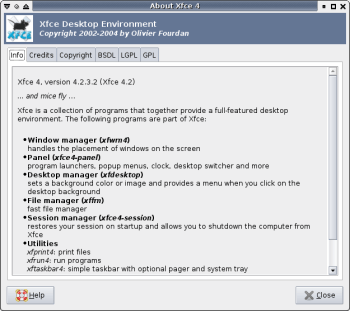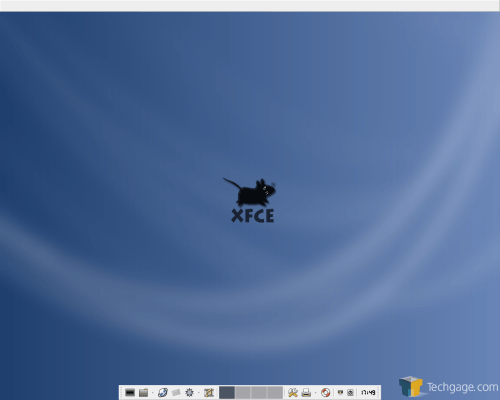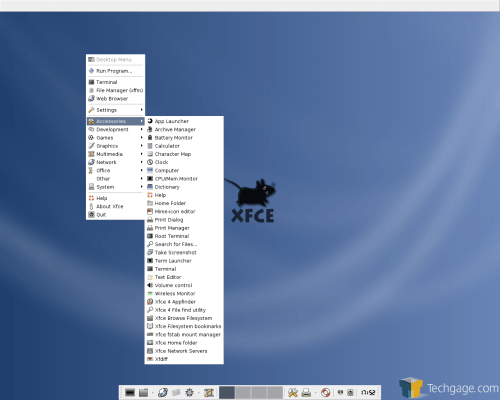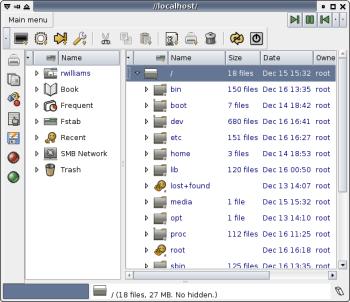- Qualcomm Launches Snapdragon 4 Gen 2 Mobile Platform
- AMD Launches Ryzen PRO 7000 Series Mobile & Desktop Platform
- Intel Launches Sleek Single-Slot Arc Pro A60 Workstation Graphics Card
- NVIDIA Announces Latest Ada Lovelace Additions: GeForce RTX 4060 Ti & RTX 4060
- Maxon Redshift With AMD Radeon GPU Rendering Support Now Available
Beginners Guide to Linux Desktops
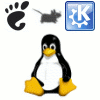
So you use Linux, but have you ever used a different desktop environment than the default? Surprisingly, there are too many to even count, but we are taking a look at a few of the most popular and explain advantages of each one.
Page 3 – Xfce 4
Xfce4 doesn’t get as much usage as the big boys do, but it’s a great environment that you shouldn’t overlook. It’s designed for productivity and to be easy enough for anyone to use. One goal is that it leaves a small memory footprint, so it’s ideal for older machines, or for those people who simply want a super fast environment and don’t require all the additional features that some of the other DE’s provide.
Like GNOME, Xfce is also based on the GTK+ toolkit, so any applications you run through GNOME should work just fine here. Once you use this environment for a few minutes, you will quickly realize how simple it is, in terms of use and what’s included. The control panel offers 17 icons, all which offer some simple customization. In the end, this is designed to be a fast running environment, and it’s the goals of the developers to keep it that way. While it’s a far stretch from being a minimalist environment, it’s somewhere in the middle of the sandwich, where KDE and Fluxbox are the pieces of bread.
In Xfce, your main panel is kept at the bottom of the screen, which includes the time, desktops, some quick launchers and shutdown/lock buttons. The top is where all of your currently opened documents hide. Anything that goes straight to the systray will be found here also.
The settings will always be quickly accessible, unless you choose to remove the icon from the tray. Clicking on here, you will see a slew of icons regarding everything from customization to, umm… customization. That’s pretty much all that’s going on here. Again this is to retain it’s robust speed.
This is not to say this is a boring environment. You have tons of options at your disposal. If you are interested in finding out the basic operation of Xfce, you should check out their flash demos which show you most of what the system is capable of in a few mere minutes.
In regards to a file manager, Xfce uses xffm which is solid, but can be confusing for new users. When version 4.4 becomes final, Thunar will be used instead, which is shaping up to be a great file manager.
If you enjoy a lighter environment and find GNOME and KDE too robust, then Xfce should be on your list of things to try. Thanks to it’s small footprint, it’s fast and can help you be more productive thanks to it’s simple, and common sense interface.
For more hardcore users though, there are even smaller environments to be had. So, let’s finish off this article with a look at some of the other very small environments available.
Support our efforts! With ad revenue at an all-time low for written websites, we're relying more than ever on reader support to help us continue putting so much effort into this type of content. You can support us by becoming a Patron, or by using our Amazon shopping affiliate links listed through our articles. Thanks for your support!




